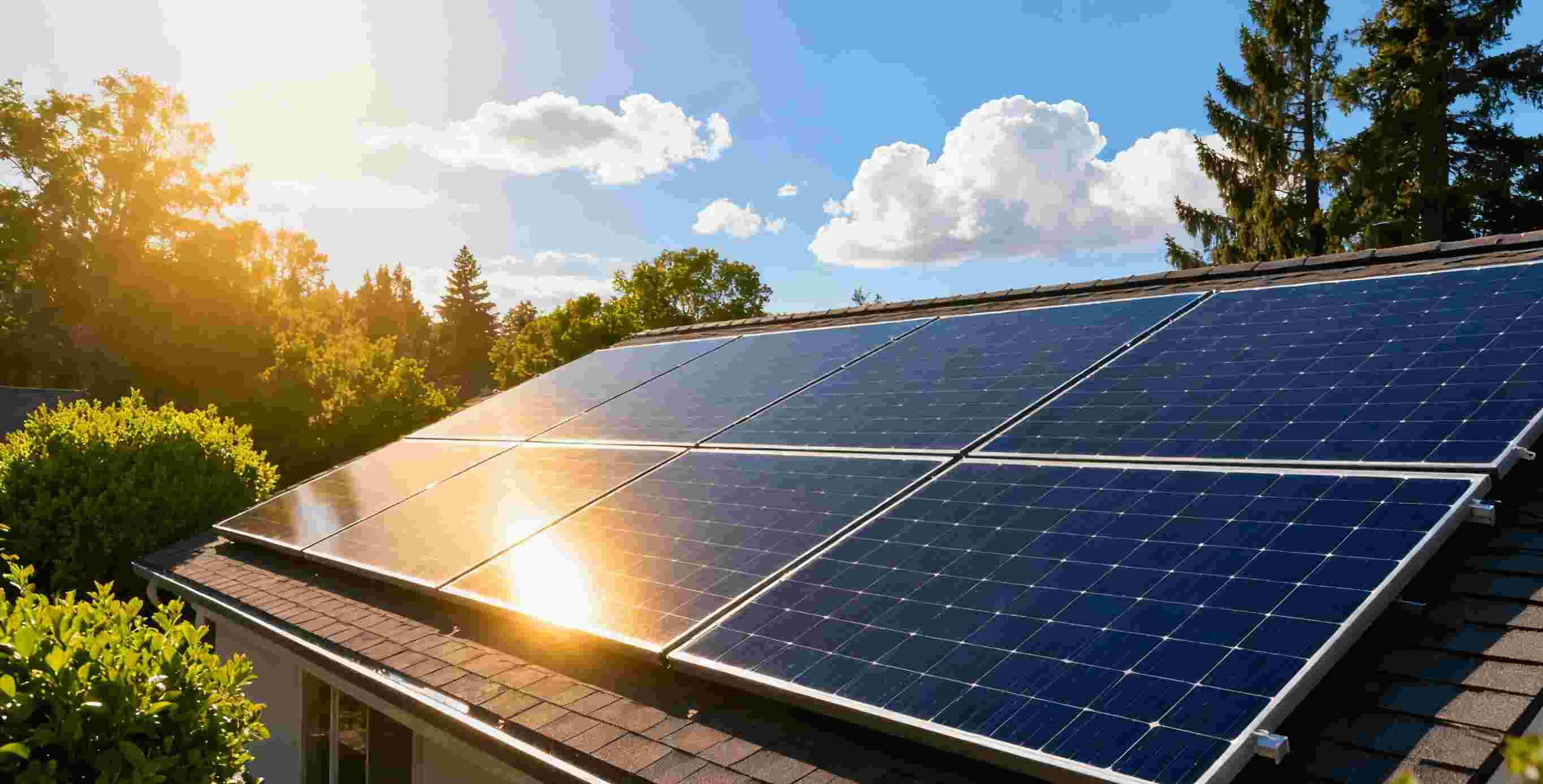When designing a solar power system, choosing the right battery is one of the most important decisions. The battery determines how efficiently you can store and use solar energy, how long your system will last, and how much maintenance you’ll need over time. With rapid advances in energy storage technology, several types of solar batteries are available today — lead-acid, AGM, gel, and lithium-based options. Among them, LiFePO4 Lithium Solar Battery for Energy Storage has become a top choice for residential and commercial systems alike.

The table below shows a performance comparison of popular battery chemistries used in solar applications.
| Battery Type | Cycle Life (approx.) | Depth of Discharge (DoD) | Efficiency | Maintenance |
| Lead-Acid (Flooded) | 500–1,000 cycles | 50% | 80% | High |
| Gel Battery | 800–1,500 cycles | 60% | 85% | Low |
| AGM Battery | 600–1,200 cycles | 60% | 85% | Low |
| LiFePO4 Lithium Battery | 3,000–6,000+ cycles | 90–100% | 95–98% | Very Low |
While lithium batteries may seem costlier upfront, their long service life and high round-trip efficiency make them the most cost-effective option over a 10–15 year lifespan.
LiFePO4 (Lithium Iron Phosphate) technology stands out due to its superior safety, thermal stability, and long cycle life. Compared with other lithium chemistries such as NMC or LCO, LiFePO4 batteries have a lower energy density but excel in temperature tolerance and reliability — two key factors for outdoor solar installations.
Technical Advantages:
Cycle life: Up to 6,000+ cycles at 80% DoD
Operating temperature: -20°C to +60°C
Round-trip efficiency: Around 97%
Energy density: 90–120 Wh/kg
These characteristics make LiFePO4 ideal for both off-grid and hybrid solar systems, where daily charge-discharge cycles are common.
A Deep Cycle LiFePO4 Lithium Solar Battery is engineered to handle consistent, repeated charge and discharge cycles without significant capacity loss. The built-in Battery Management System (BMS) plays a crucial role by monitoring voltage, current, and temperature in real time, ensuring optimal performance and safety.
Key BMS functions include:
Overcharge and over-discharge protection
Temperature monitoring and automatic cutoff
Cell balancing for extended lifespan
Short-circuit prevention
According to industry testing, batteries equipped with smart BMS can maintain 98% efficiency over 5,000+ cycles, making them ideal for 24/7 solar operation in homes, RVs, and small businesses.
For households with higher energy needs — such as running multiple air conditioners, refrigerators, or electric vehicles — a High Capacity LiFePO4 Lithium Solar Battery system offers both stability and scalability.
| Parameter | Specification Example |
| Nominal Voltage | 48V |
| Capacity Range | 100Ah–300Ah |
| Energy Storage | 4.8–14.4 kWh |
| Continuous Discharge Current | 100A–150A |
| Expected Lifespan | 10–15 years |
A 48V system reduces current flow, minimizing cable losses and improving inverter compatibility. Homeowners can easily expand capacity by connecting multiple units in parallel, achieving storage up to 50 kWh or more for complete energy independence.
Recent data from IEA (International Energy Agency) shows that global residential energy storage installations grew by 65% in 2024, with over 70% of new systems adopting LiFePO4 chemistry.
The graph below (which you can include on your website) can illustrate this trend:
Chart Suggestion:
Title: “Global Market Share of Battery Types for Solar Systems (2020–2024)”
LiFePO4: Rising from 38% → 72%
Lead-acid: Dropping from 45% → 20%
Others: Remaining below 10%
Such data clearly reflects a strong shift toward LiFePO4 technology due to its superior lifecycle economics and enhanced energy efficiency.
When selecting the best battery for your solar system, consider the following factors:
Energy demand: Calculate daily consumption (kWh/day) and required autonomy.
System voltage: Choose 12V, 24V, or 48V according to inverter compatibility.
Installation environment: Ensure ventilation and temperature stability.
Budget and lifespan expectations: Balance upfront cost with long-term ROI.
After-sales support: Opt for brands offering certified BMS, UL/CE certification, and warranty of at least 10 years.
For most homeowners, the optimal choice is a LiFePO4 Lithium Solar Battery for Home Energy Storage paired with a quality MPPT controller and hybrid inverter. This combination ensures maximum conversion efficiency, extended backup hours, and reduced maintenance.
Whether you are upgrading an existing solar setup or building a new one, investing in LiFePO4 technology offers long-term stability, environmental safety, and high energy returns — making it the most future-proof option in today’s solar energy market.

Add :5th Floor, Building B, No.2817 Kaichuang Avenue, Science Zone, Huangpu District, Guangzhou, China
Anern Industry Group Limited All Rights Reserved.Xml | Privacy Policy  Network Supported
Network Supported